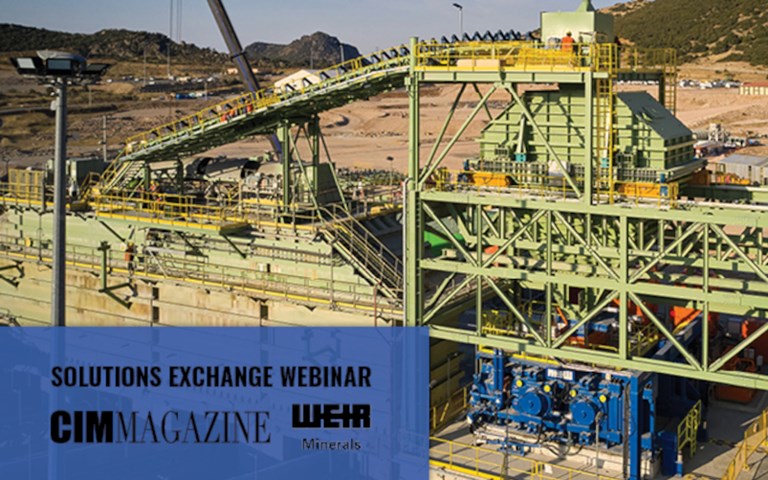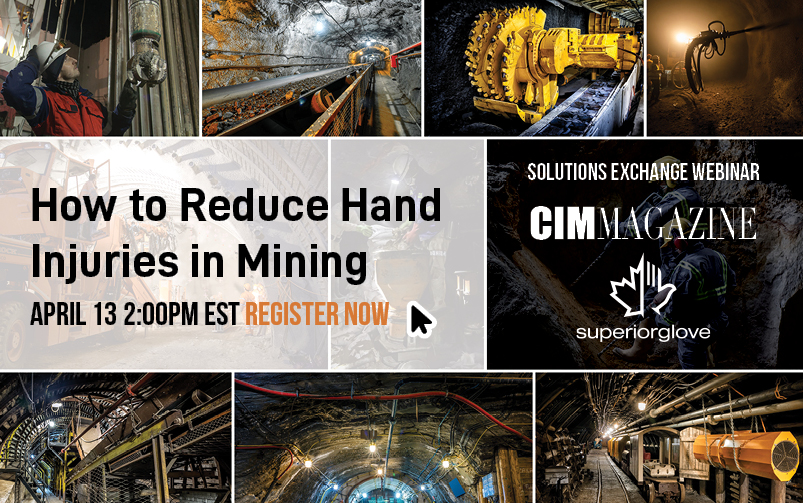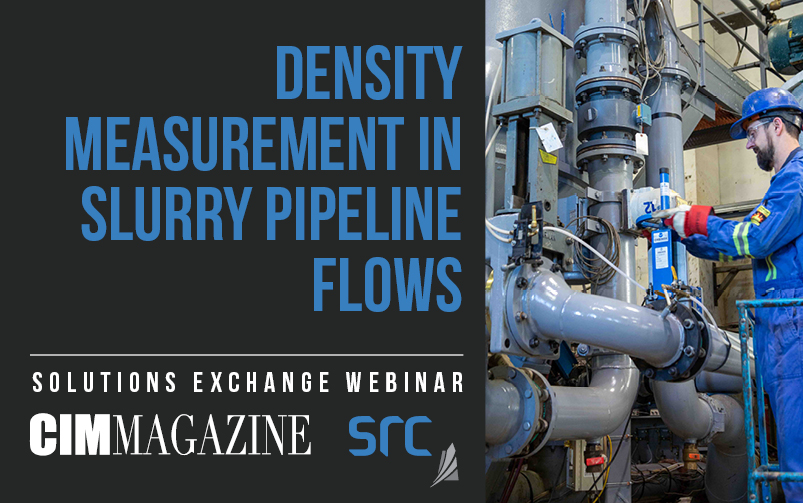
SEPTEMBER 22, 2022, 2:00 P.m. EDTWatch the recording
High pressure grinding roll (HPGR) technology has become an acceptable size-reduction option for many global mining projects to increase ROI while taking advantage of significant ESG benefits. In general, the mining community understands how an HPGR works and its benefits. However, since the number of installations is somewhat limited with many coming online over the next few years, there is much to learn about overall HPGR circuit design and ensuring the entire system will function as expected.
This presentation will review HPGR project design considerations to ensure a robust system ready to produce at startup and for the duration of the mine. The focus will be on HPGR circuits containing screens, partial product recycling, or air classification to review potential issues to consider as part of the project design. Some of the items covered within specific HPGR circuits will include material handling, dust generation, automation, screening, tramp metal reject and transfer points. It will also cover general HPGR considerations around testing, spares and service, which will play a role in overall installation success from commissioning through long-term operation.
Utilizing actual field experience and lessons learned from HPGR sites now in operation, the webinar aims to help ensure the best possible outcomes for projects coming online in the future.
Watch the recording
Presenter
|
 Tim Lundquist Tim Lundquist
North American HPGR Manager
Weir Minerals
|
Tim Lundquist is the North American HPGR Manager for Weir Minerals, where he has worked for over 12 years with a focus on screening and HPGR technology. Tim has extensive experience with HPGR projects, having worked on many operating, recently commissioned and upcoming installations globally. He is responsible from concept through long-term support for handling all greenfield and brownfield HPGR projects located in North America (or those with ties to the region via the head office or engineering firm). Tim is a graduate of the University of Minnesota, Duluth with a degree in industrial engineering and mechanical engineering.
|





